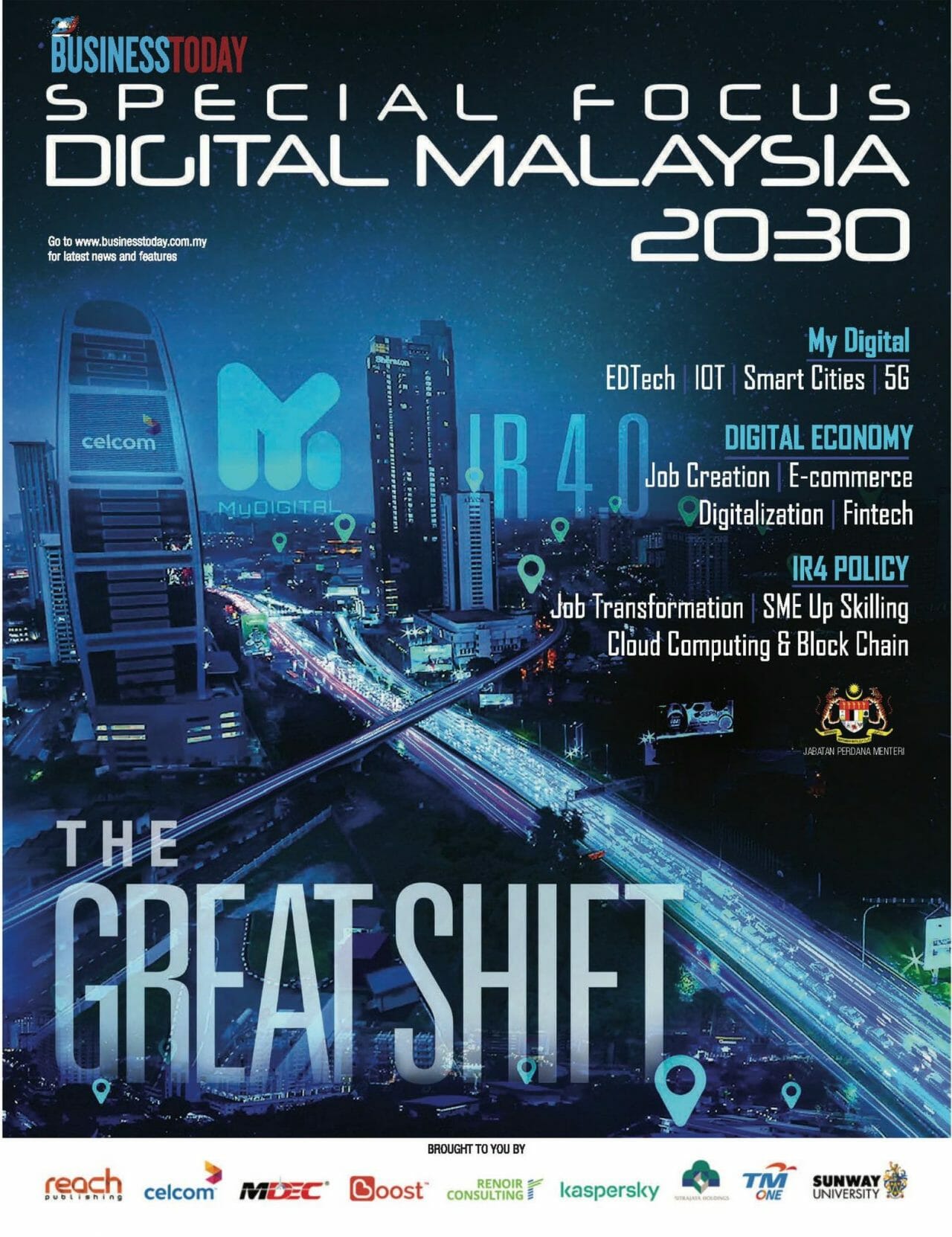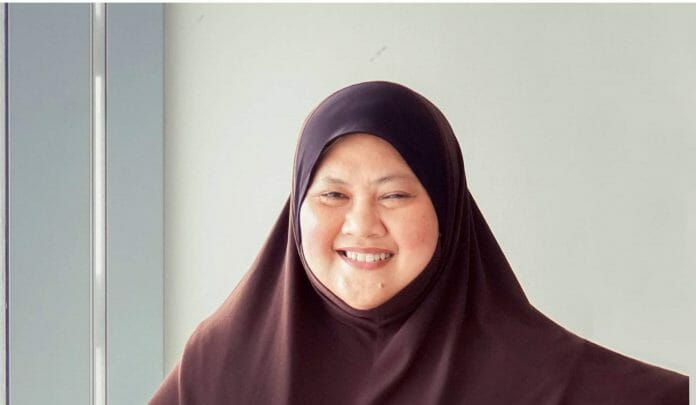For educators, parents, and students, the past year has been heart-breaking.
Schools were first closed for four months in the first MCO, and then another three months, and now they have remained closed.
The Ministry of Education had, in April 2020 stated that close to 40% of students nationwide do not possess a digital device to enable them to learn at home. Then we read the heroic story of Veveonah who stayed in a tree for 24 hours to get internet access. Most of us in the field have heard stories of incredible struggles faced by our fellow educators – they must teach students, teach their own kids, and juggle home duties at the same time.
Those of us with children are familiar with complaints about not being able to socialise. Those of us with more than one child are used to seeing fights break out when “cabin fever” takes over. In the quiet of the night, we worry about the toll the pandemic is taking on our children’s mental and emotional health and have become anxious for all the other students out there.
It was devastating when PDRM released data on teen suicides. Children between 15-18 years old made up 51 percent of the total suicide cases from January 2019- May 2021. They have been out of school, missed out on learning and socialising, and perhaps they lived with an abuser, or parents who are stressed by job losses.
It’s Everyone’s Problem
What’s happening isn’t, however, just a social nightmare for educators, parents, and children who are currently caught up in the immediate problems brought about by school closures.
The OECD and the World Bank have released alarming reports last year highlighting the domino effect of educational disruption, which paints a grim reality of what could be our collective future. The report states that the learning losses due to school closures “will have lasting economic impacts both on the affected students and on each nation unless they are effectively remediated.”
The reports state that children currently in grades 1-12 affected by the closures might expect some 3 percent lower income over their entire lifetimes. It is inevitable that when school reopens, not all students will return. Dropout rates have increased by 83% at the primary level and 10.5% at the secondary level.
For nations, think tanks have estimated that learning losses could result in expected future loss in terms of GDP at RM 240 billion. Even prior to the pandemic, in a 2018 study, Korn Ferry had already reported that Malaysia will face a “severe talent shortage at highly skilled and mid-skilled levels with a deficit of close to 94,000 workers in 2030 and a total output of USD 6.1 billion.”
For businesses, this represents a serious problem. Key sectors such as financial and business services, technology, media and telecommunication, and manufacturing will already be facing a labour shortage by 2030. The unrealised revenues for these three sectors alone are estimated at more than RM7 billion. Lack of globally competitive talent will also hurt our firms. They will be left vulnerable in an ultra-globalised, hyper-competitive world.
An Opportunity To Democratise Quality Education For All
Pre-pandemic, the Malaysian education system underpinned by the Malaysia Education Blueprint 2013-2025 was attempting to address the quality of education in preparing our talent to be future-ready.
With the pandemic situation, we can only expect that the work-in-progress would have been somewhat stalled. The worst would be that we would have regressed.
We have heard recently on the recruitment of 18,000 new teachers into the system. But we have not heard of any implemented strategy on ensuring the existing 400,000 teachers are equipped to deliver quality education during these times. There is a sense of urgency on the ground that is perhaps not yet addressed in terms of policy roll-out at the federal level.
The Malaysia Digital Blueprint launched in February this year, outlines a commitment to the digitalisation of education in its fourth thrust, “Building Agile and Competent Digital Talent”. Digital tools have the power to democratise access to quality education and help us move towards Education 3.0.
There is a clear recognition within the Blueprint if we were to build our high-income inclusive nation, it is imperative that our children are trained to become digital talents. The Blueprint lays out ambitious plans to have all schools being able to implement digital learning and have better connectivity.
It could be a game-changer. With devices, connectivity, technology, and upskilled teachers, public schools could be transformed. From our 10- year experience in delivering the Trust Schools Programme where public schools are transformed to develop students holistically, mindset and culture change around student-centricity, creativity and innovation, collaboration and co-existence are also necessary to ensure the schools are nurturing students that will be relevant for the future.
If it goes as planned, the most vulnerable students will have access to the same opportunities previously only available to the advantaged. We will be able to see what LeapEd and our partners at the Ministry of Education and Yayasan AMIR, have fought for the past decade – to make public schools the choice schools for all, as they house 90% of Malaysian children.
Shaping Our Future Workforce Requires A Change In Strategy
While waiting for the government to roll-out tools, teacher upskilling, and infrastructure, what can we do for our children now?
Perhaps the first step is to equip them with some foundation of “digital intelligence” as practical skill-sets to enable them to fully leverage on the digital world. This will drive our transition faster to Education 3.0 and will provide students with a foundation to explore self-directed learning and be more ready for the future.
The new concept of digital intelligence, or DQ was first introduced at the World Economic Forum in 2016 – and is defined as a set of social, emotional, and cognitive abilities that allow individuals to meet challenges and adapt to the requirements of digital life, namely digital citizenship. It suggests that tools and infrastructure are not enough – we need to equip our children with the skills to deal with them.
Holistic DQ (similar to IQ and EQ) development would prepare our children better for the actual workforce. The DQ coalition has grown into a 100+ member coalition that has reached over 600,000 children in more than 30 countries, across 15 different languages and is supported by the WEF, OECD, and Institute of Electrical and Electronics Engineers Standards Association (IEEE SA).
Unlike traditional education approaches, Education 3.0 promotes 21st century skills and prepares them for the jobs of tomorrow. Education 3.0 brings together creativity, outcomes, critical thinking, big data, personalisation, and much more which could turn children into builders instead of consumers, and even job creators instead of job seekers.
To have hope for the future workforce, we must put more faith in the core ingredient – our children, the students. Alongside faith, we must also give them knowledge and strategies to flourish in the digital world. Parents, educators, and businesses can play a role here by helping students to gain these critical skills.
Our opportunity to overcome the harm that COVID-19 has brought doesn’t lie in the hands of the government alone. Now, more than ever, our collective future is at stake. And that future depends on all of us working together.
Shahnaz Al-Sadat is the Chairperson of LeapEd Services Sdn Bhd, an award-winning educational social enterprise. Previously the Chief Financial Officer and Executive Director of Strategic Human Capital Management at Khazanah Nasional Berhad, Shahnaz is currently advancing LeapEd’s mission to make public schools the choice schools for all. LeapEd has worked closely with 164 national schools, impacting 166,000 students nationwide. For more information on LeapEd and on education transformation, please contact [email protected] or log on to https://www.leapedservices.com.










